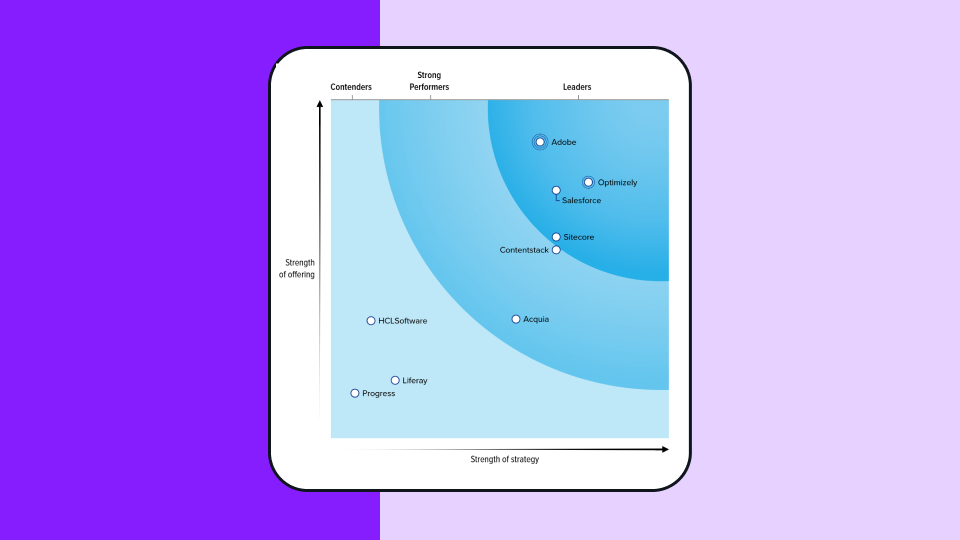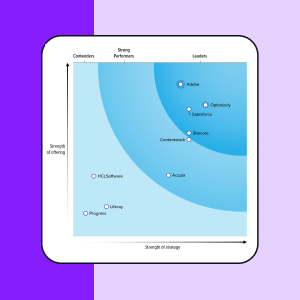Brand home
What is a brand home?
Brand homes, sometimes referred to as brand houses or branded houses, are experiential and interpretive venues designed to connect brands and consumers in order to build advocacy, foster community, and grow revenue.
Benefits of brand homes
Hundreds of successful brands are realizing the benefits of brand homes including:
-
Revenue generation These sensory experiences can be lucrative. Take the Guinness Storehouse in Dublin, Ireland. With adult ticket prices ranging from $15-$30 and over 1.7 million visitors per annum, the brand house has become a profit center.
-
Brand building Inviting the public into your headquarters, factory, distillery or flagship store is a powerful pillar of brand strategy. It also serves as a means of differentiation from the competition. With a visit, consumers have made a conscious decision to spend two or more hours engaging with your brand experiences and get a better sense of your brand identity.
-
Customer advocacy and community Bringing your most loyal customers together in one place creates moments of advocacy and community. Brands like Michaels have seen the power of this community with their community classroom program which has had over 1M attendees since 2019. This advocacy can build buzz on social media and drive direct sales growth.
-
Historical preservation Many brands contribute to the heritage community through preserving unique buildings and spaces. Power utility provider ESB did this in Ireland with House No. 29, a fully preserved Georgian townhouse.
Brand home examples
Factory tours
Visiting the factory is an ideal way to see how your favorite products are made. In the US, hundreds of brands open their doors for factory tours. From hot sauce to airplanes, there are plenty of options. Many of these experiences offer museum-like experiences in addition to guided tours of the factory floor. Good examples of brands creating branded houses include the Tabasco experience and the Honda Heritage museum.
Distilleries & breweries
Among the most popular brand homes are distilleries and breweries. Hundreds of alcohol brands open their doors for tours, events and tastings. Take Guinness, whose offering at St James’s Gate in Dublin, Ireland is consistently the busiest attraction in the country, welcoming over 1.7 million visitors in 2019. Strong brands can leverage their existing facilities to create special experiences for their customers and fans.
Retail pop-ups
A growing number of brands have developed experiential pop-ups and demo centers for their products. For many, this is part of a direct-to-consumer strategy — but for others it's a way to simply keep overheads down. A successful example of this are the Dyson Demo Stores. These can also be a way to test out new products on a smaller audience before committing to a global launch.
In-store experiences
In addition to pop-up brand homes, a common theme among retailers is to deliver in-store experiences such as classes, concerts and hands-on demonstrations. While some may argue that this is a stretch of the definition of a brand home, many of these initiatives spring to life at retailers' flagship stores.
Sports
Stadium tours are a popular category of brand homes. Most sports teams offer access to behind the scenes parts of their stadiums via tours and events. For example, the New York Yankees offer guided tours of their stadium.
Driving experiences
For car enthusiasts, track days are bucket list items. Taking your dream car to a private track with expert instruction and no speed limit is an adrenaline inducing thrill ride. Many of the world's most popular sports car manufacturers have dedicated experience centers and even theme parks.
Theme parks
When you think of theme parks, it's unlikely you think of ‘branded experiences’ however, many of the most popular attractions are brand homes. Disney’s parks are a physical manifestation of a massive global media brand. When run at this scale, these types of brand homes are very much profit centers.
Digital experiences
Brand home experiences are typically take place in the physical world, but with the Covid pandemic marketers have increasingly started to experiment with digital brand home experiences. These can include digital experiences such as virtual events, micro sites, and branded online experiences that try to bring the traditional brand home experience to the digital world.

